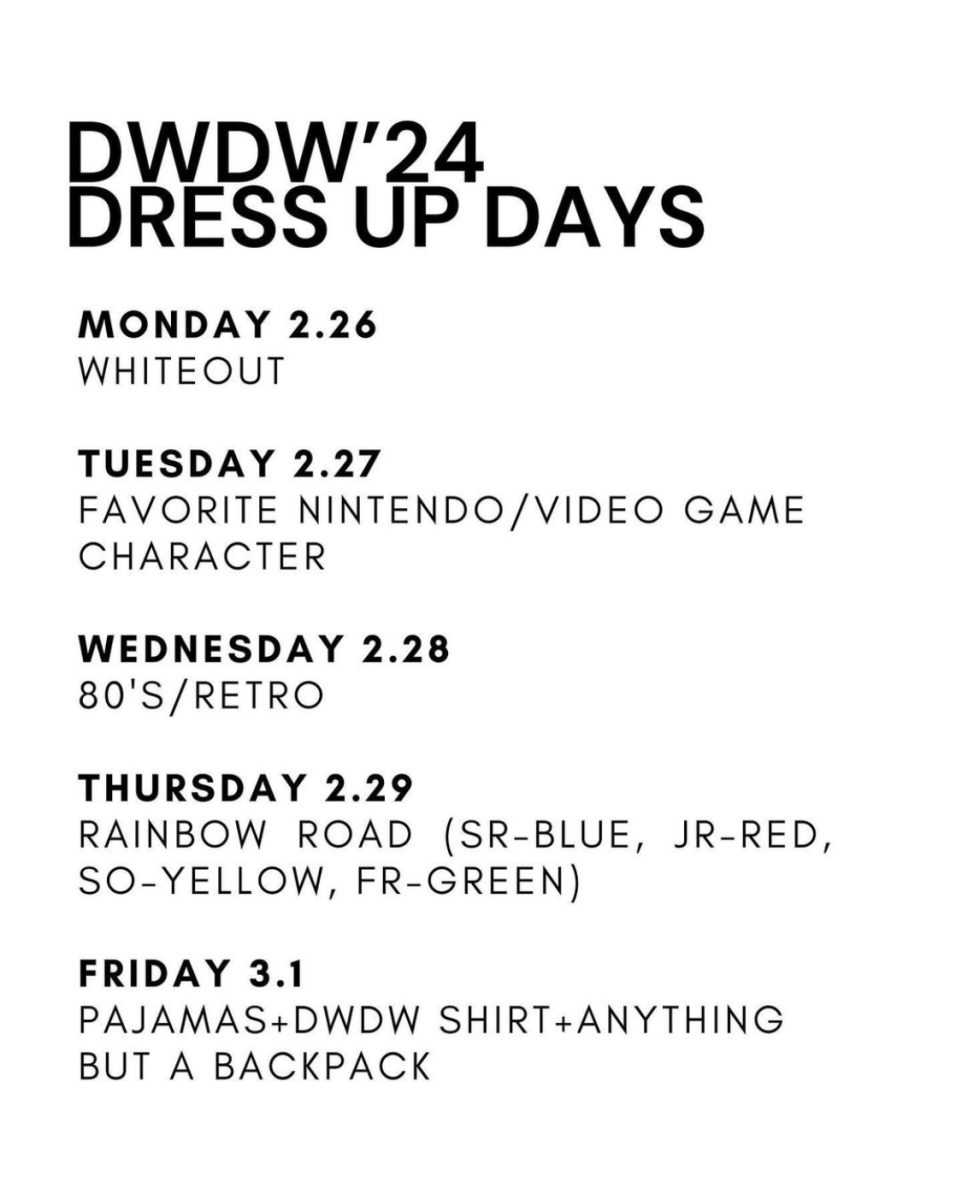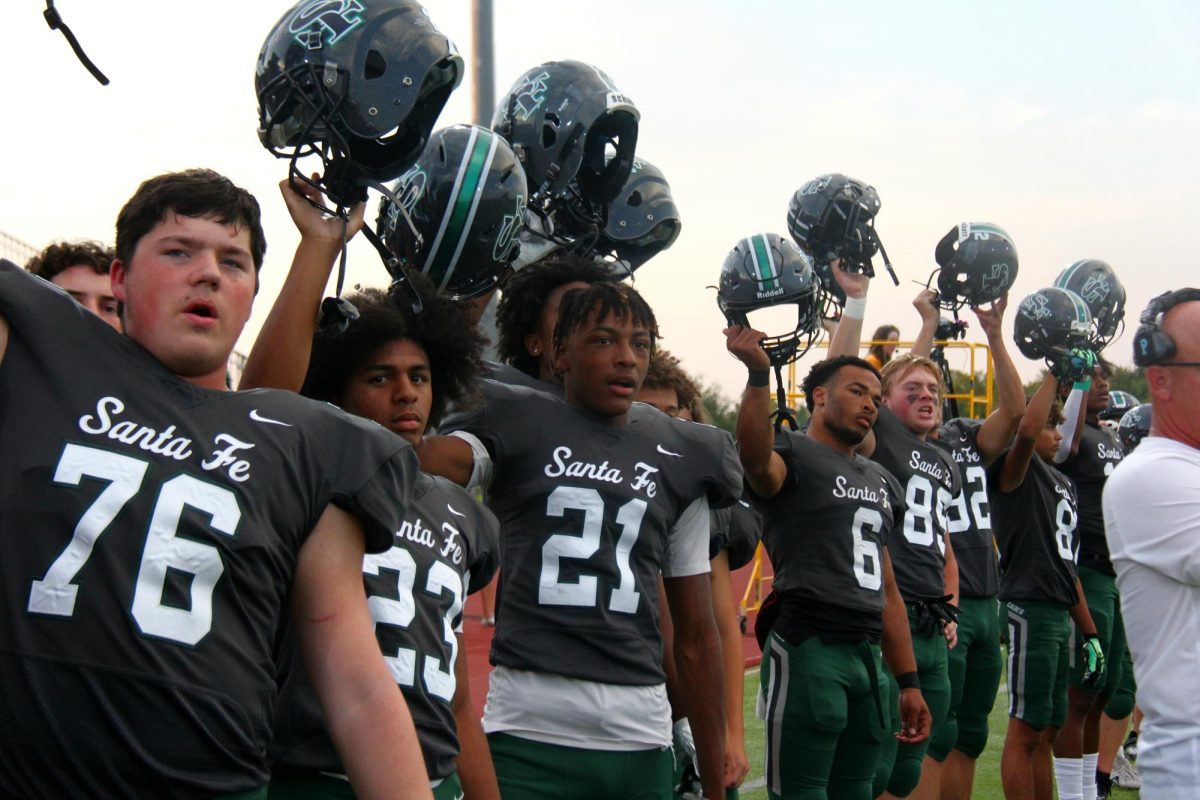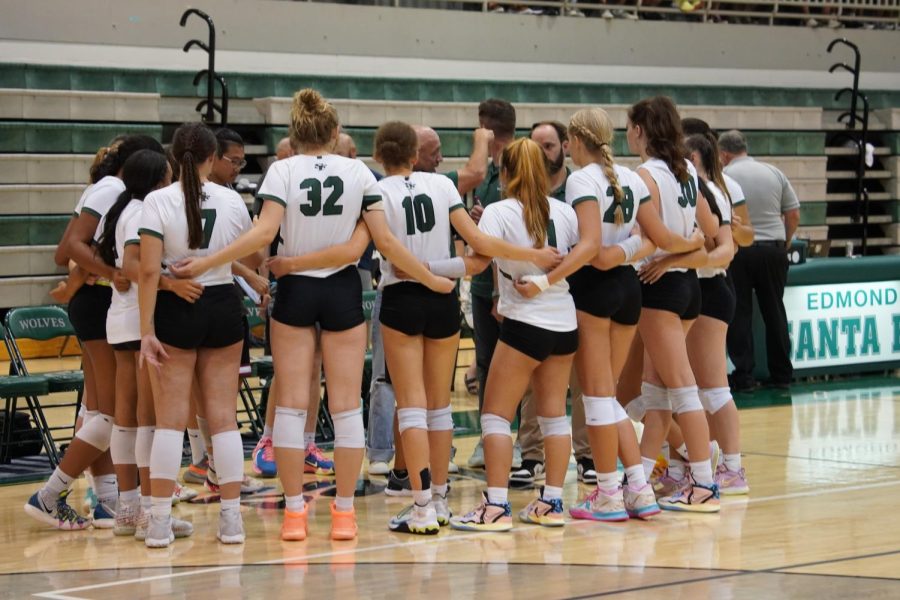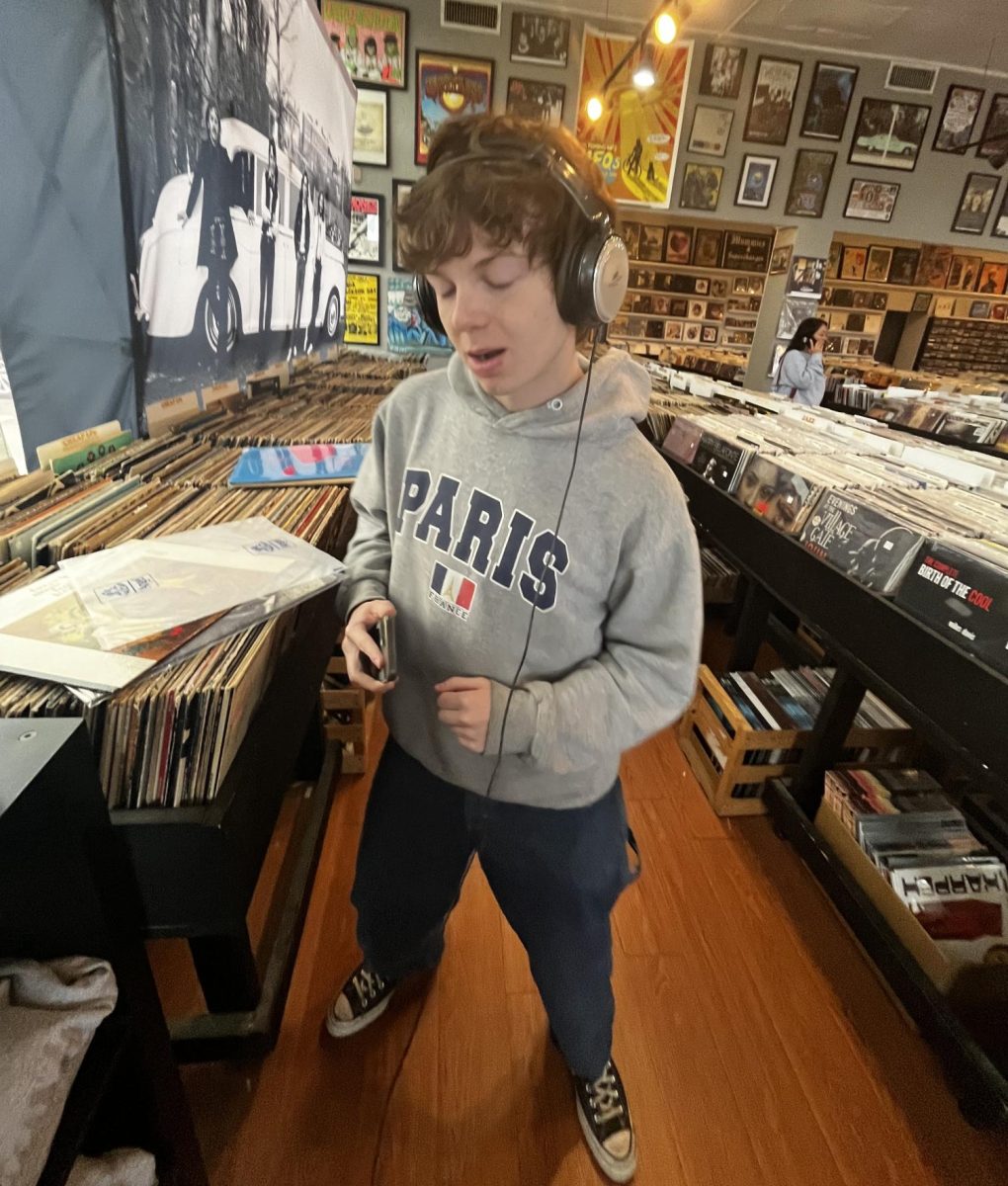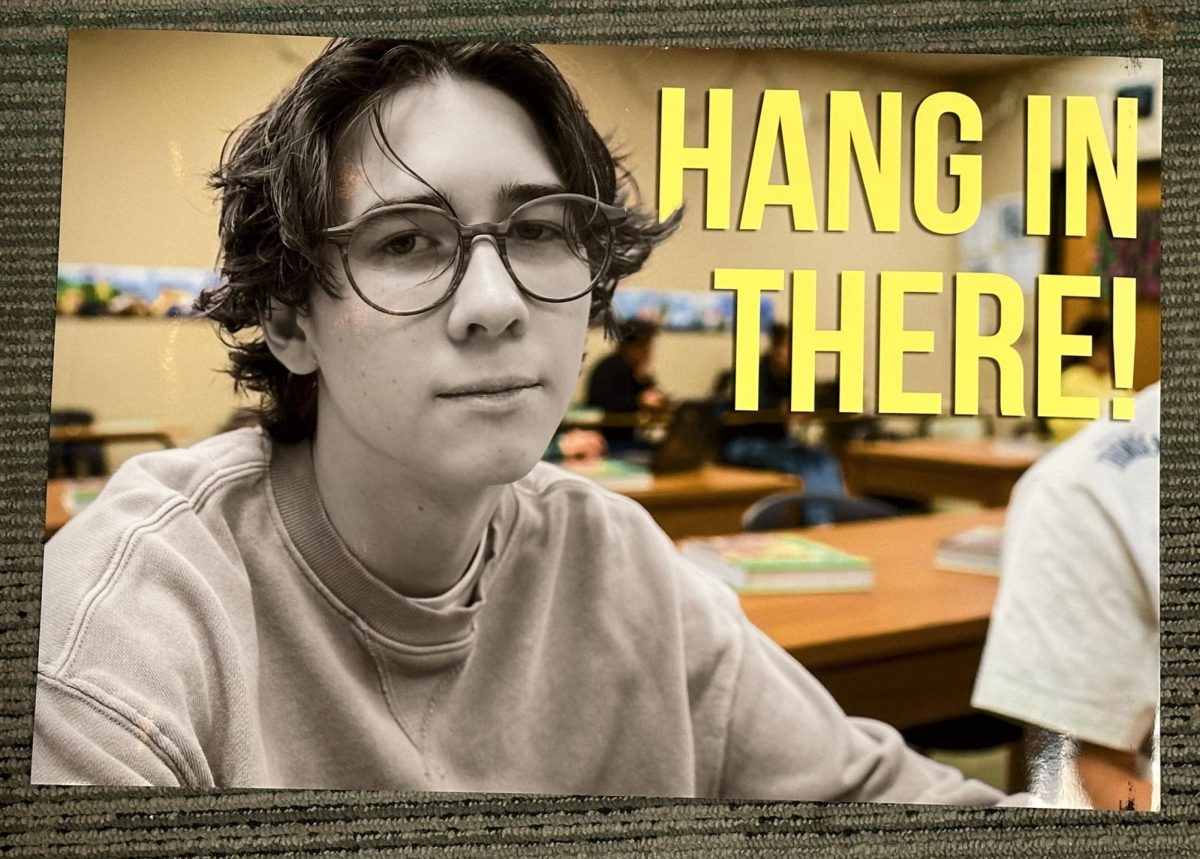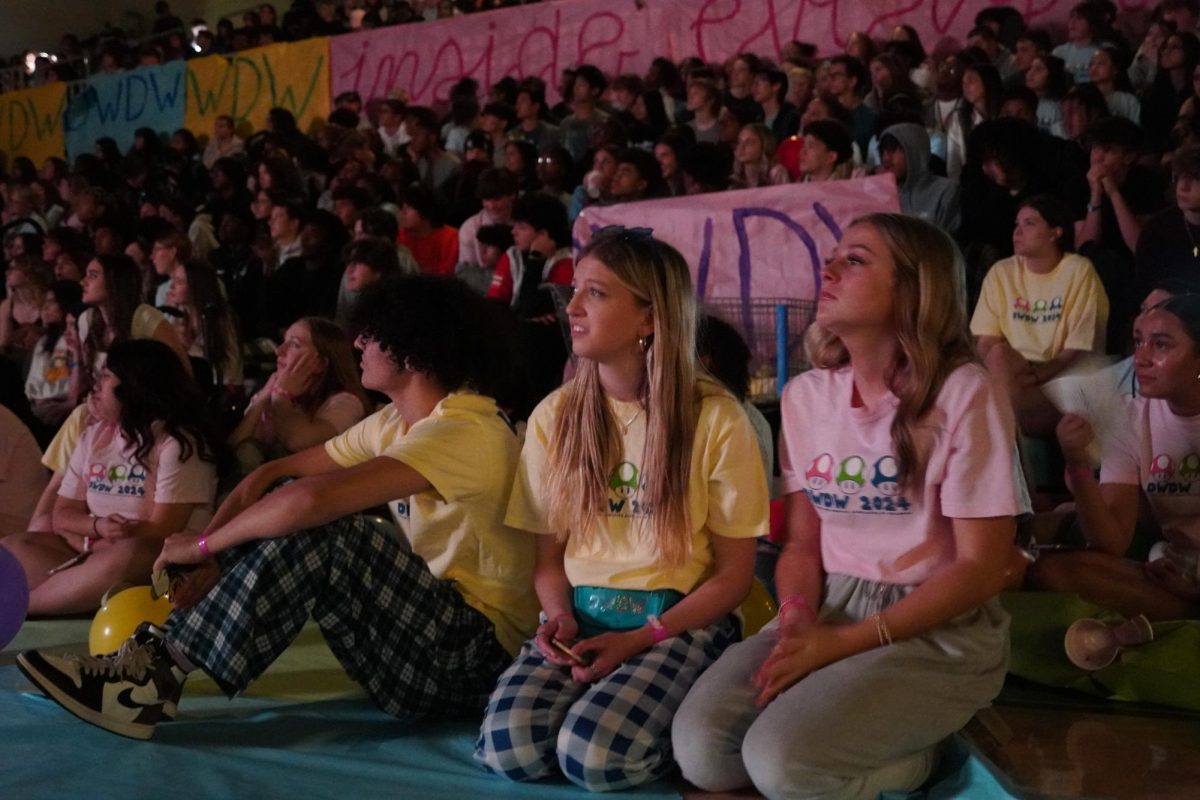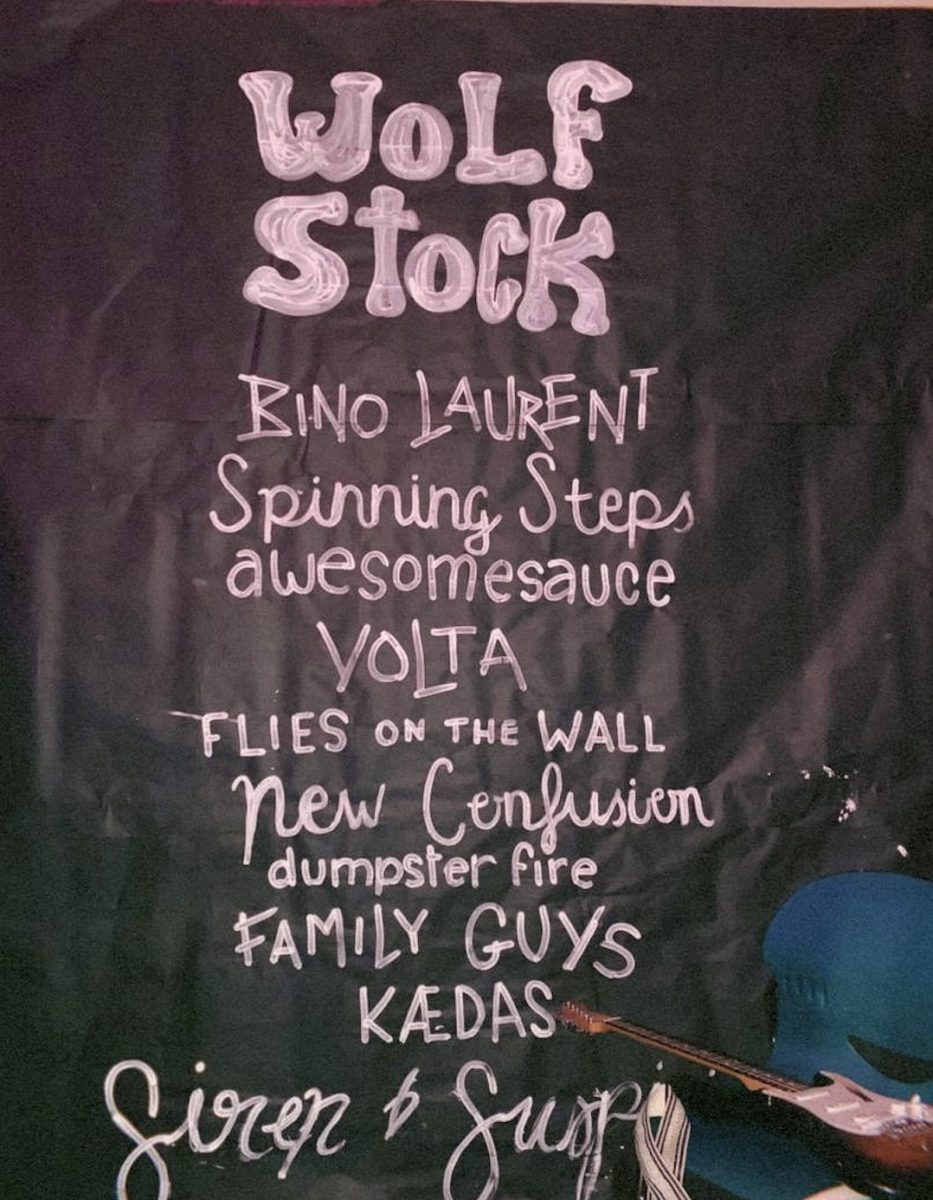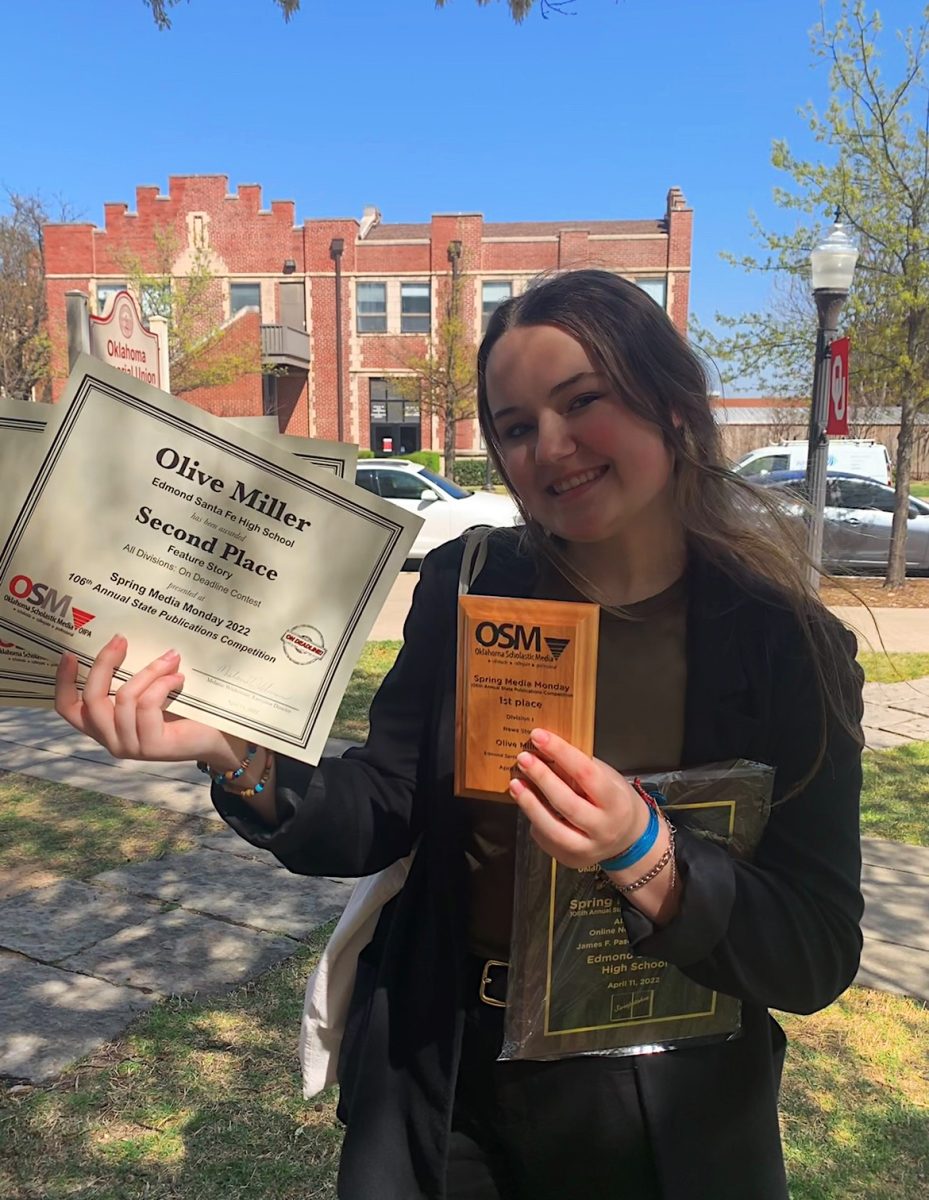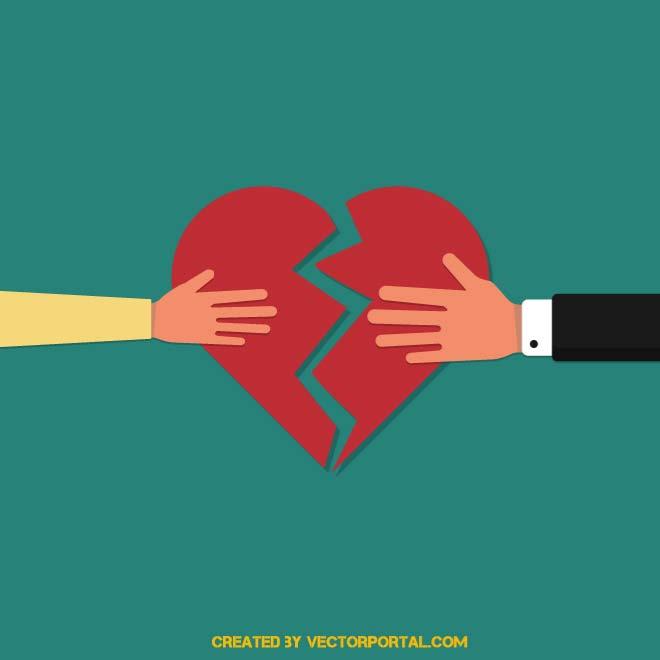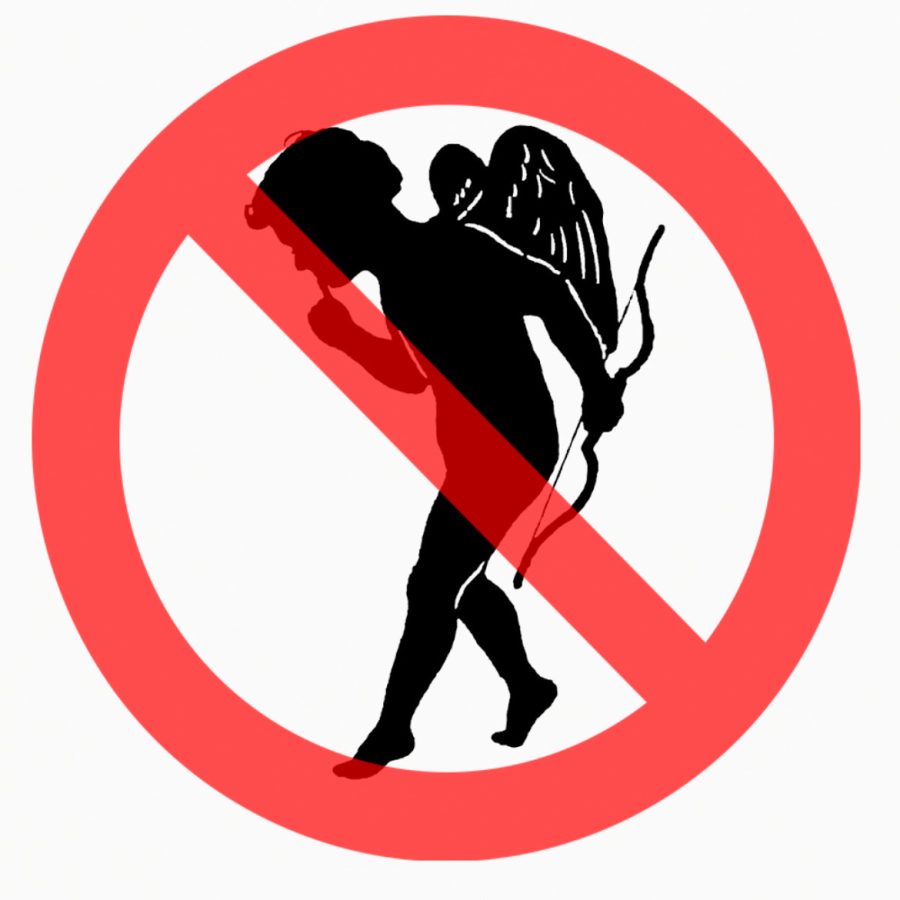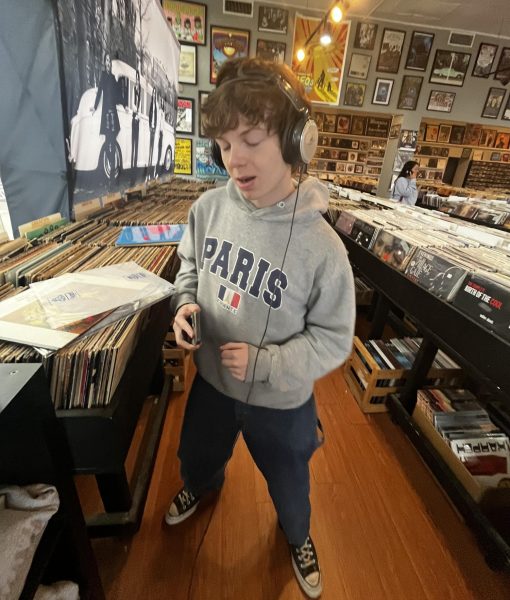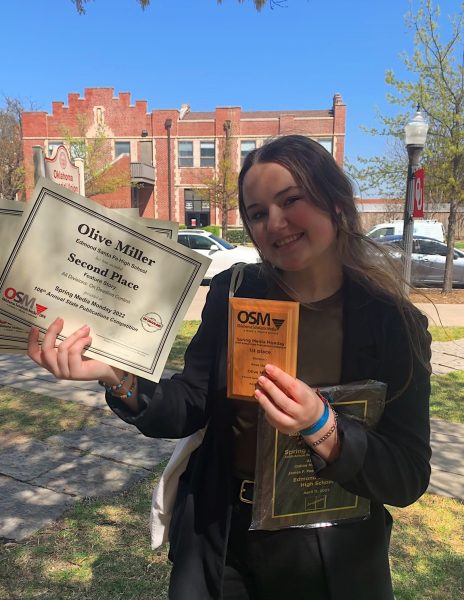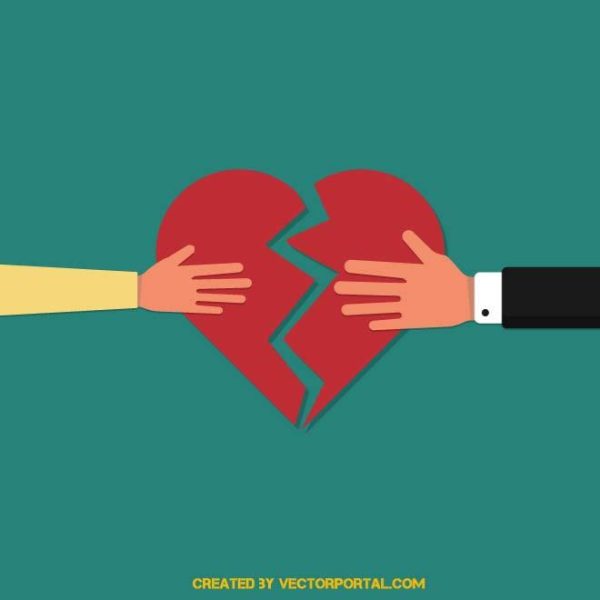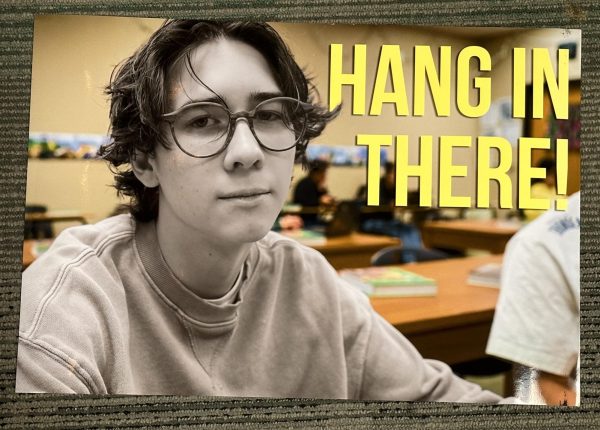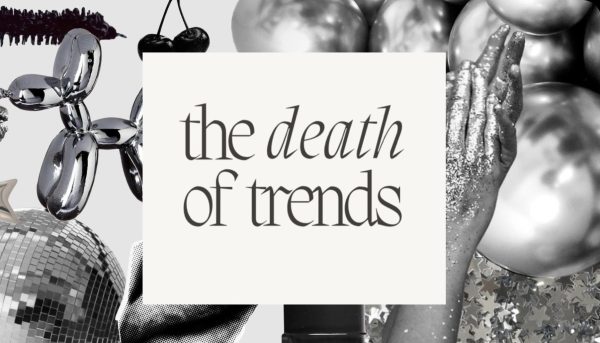Valentine’s Day: Does money buy happiness?
February 11, 2022
What is the origin of Valentine’s Day? Honestly? Depending on who you ask, it could be traced back to Lupercalia, an ancient Roman festival that promoted health and fertility by sacrificing goats. Or, you may have even heard about that one priest that healed his jailer’s daughter of blindness. Or the Chaucer poem about birds meeting in the early spring to choose their mates. Regardless of what you think is true, or what you believe, Valentine’s day is doomed to remain a mystery.
There’s not only a mystery of its origin but a mystery of its purpose. Hundreds, and potentially thousands of years later, our society has been unable to decide whether it’s a sacred tradition, a marketing scam that many Americans feel is obligatory or a fun-loving arrangement that everyone needs to ease up on.
Let’s be real, there are very few holidays that truly inspire insecurity among those who aren’t inside of its sacred circle of its intended participants than Valentine’s Day. This is the holiday where multi-billion dollar companies like Hallmark thrive because you feel the need to buy a card to tell your loved one how you feel. Nowadays, modernistic love seems to be administered by a romantic industrial complex.
In 2021, Americans spent $21.8 billion on Valentine’s Day, this number seemed to show a decrease compared to the previous year. In 2020 Americans spent $27.4 billion on Valentine’s Day meaning the YoY decrease from 2020 to 2021 was 20.43%. That being said, from 2017 to 2020 the average amount a person would spend has been on the rise. Due to the COVID-19 pandemic, the holiday was modest in 2021, dropping 16.07%.
If these numbers seem like a lot to you feel free to join the 49% of people who don’t celebrate Valentine’s day or even the 13 million people that celebrate “Anti-Valentine’s Day”
Not only is Valentine’s Day hurting your wallet, but the environment you live in. In the very nerve-racking weeks leading up to that special day, gold jewelry sales generate 34 million tons of mine waste. Also, red roses emit around 9,000 metric tons of carbon dioxide, and a large amount of these roses are shipped from South America, which wastes fossil fuels.
Okay, let’s say you don’t care about money or the environment, well, studies have sadly suggested that Valentine’s Day is the start of the annual rise of suicide rates, which would eventually peak in April. Many other polls and research can propose that many teenagers and young adults have negative and depressive feelings on Feb. 14.
One in every ten adults feel lonely and insecure on valentines day and 40% of the population seem to associate the holiday with negative feelings. It is found that one in 14 (7%) US adults have broken up with their partner on Valentine’s Day, 6% have broken up shortly before and 6% have broken up shortly after. Millennials are statistically more proven to end relationships on or around Valentine’s Day.
The question stands: Why is this holiday that is statistically proven to be surrounded around anger and sadness still a holiday? And, as it has been for many years, it will remain a mystery.
You can spend $0 on saying “I love you,” giving a hug or just simply spending time with your loved one. But when corporations exploit your vulnerability and subject you to feel like you need to show your love through flowers, cards and candies that $0 turns into $142. But, at the end of the day, maybe money does buy happiness.



